Wine Enthusiast |
| This Technology Could Make the Whiskey Industry More Accessible and Sustainable Posted: 22 Jun 2021 04:30 AM PDT  Great whiskey has always been a waiting game. Thanks to new technologies, that could change. Traditionally, the process of aging whiskey has involved leaving a clear spirit in oak barrels of various sizes and char levels for at least two years, depending on the spirit. As it matures, the alcohol extracts compounds like lignins and tannins from the wood, which helps it develop aroma, color and taste. This requires patience. A distiller cannot make money from their whiskey for years. They also need a rickhouse to store the whiskey barrels. That investment requires steady capital long before a single bottle is sold. A new wave of whiskey makers believe that there's another way. Stu Aaron, cofounder of Bespoken Spirits, says that his company's maturation method aims at precision, control, speed and sustainability. Its "microstaves" develop desired aromas, colors and flavor profiles in days rather than decades, Aaron says, and uses 97% less wood than conventional maturation methods. "By being that small, each piece of wood gives us precisely what we want," says Aaron. "It's got the elements we want, and not the elements we don't want." 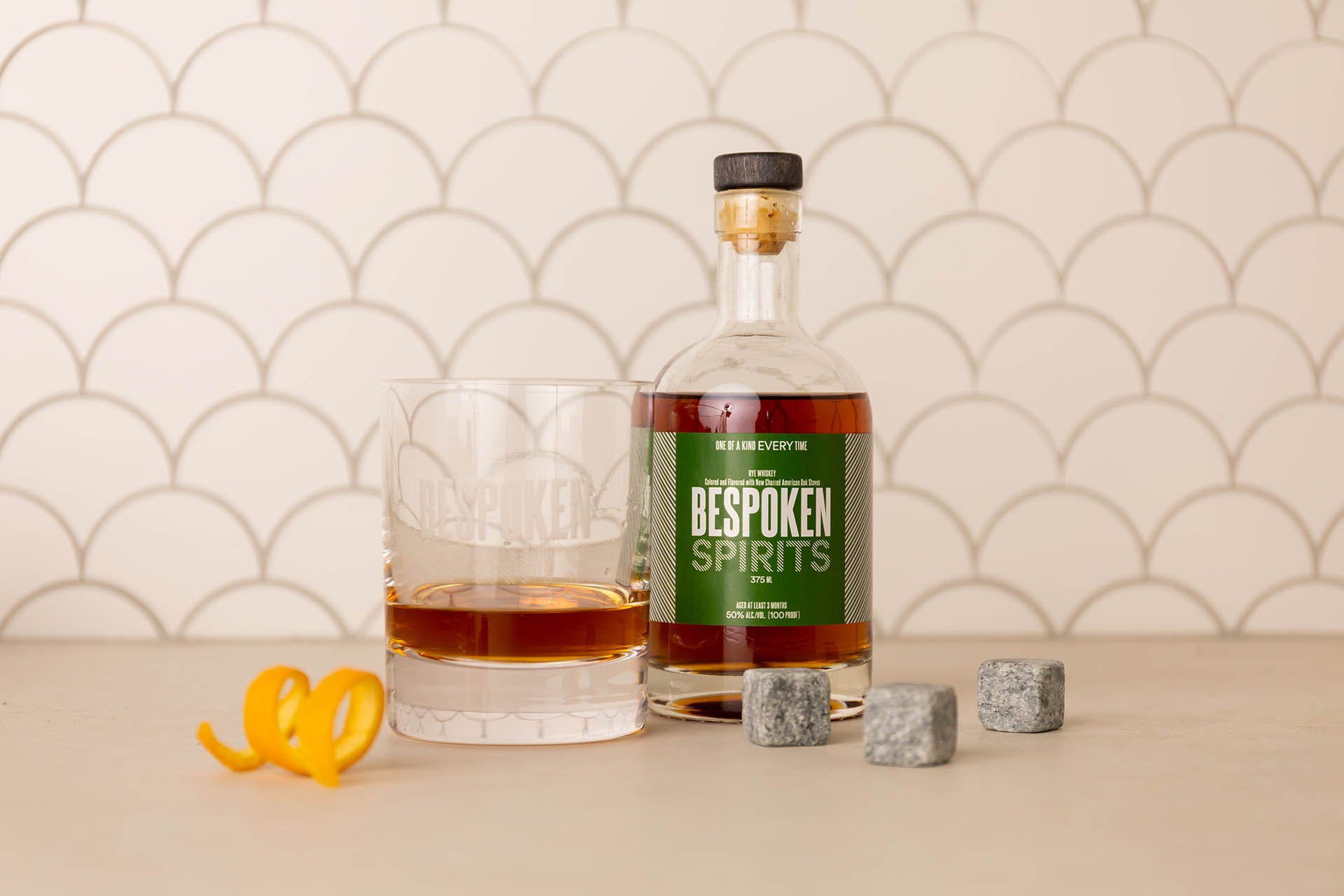 This type of technology could provide ways for more people to enter the spirits industry. "The amount of space, barrels and upfront investment it takes to build a business is just prohibitive to a lot of people," says Aaron. "By removing all of those obstacles, we do feel like we're unlocking [and] disrupting the industry for the better." Eric Zandona, director of spirits information for the American Distilling Institute, a trade group, believes modern maturation methods could make the spirits industry more inclusive and diverse. "The process overall could potentially open the market for a new cohort of brands to enter into the space," he says. While these methods require less wood and fewer resources, Zandona says it's a mistake to paint traditional barrel aging as inefficient or unsustainable. Many barrels are exported and reused for generations. "They get sold to Scotland, to Mexico, to Taiwan," he says, "They go all around the world to be reused for decades.”
Colin Blake, director of spirits education at the Kentucky-based Moonshine University, agrees. "The lifespan of a barrel can get upwards of 100 years, if it's treated properly," says Blake. Diversifying whiskey aging processes could diversify the market, too. "All whiskeys in the world, with very, very few exceptions, use barrels built from oak, which means that most of them taste more alike than not," says Tom Lix, founder and CEO of Cleveland Whiskey. The ubiquity of oak barrels is due to their suitability for storage and transportation, he says. "Most of the woods out there, if you built a barrel out of it and you filled it with liquid, they would leak like a sieve." 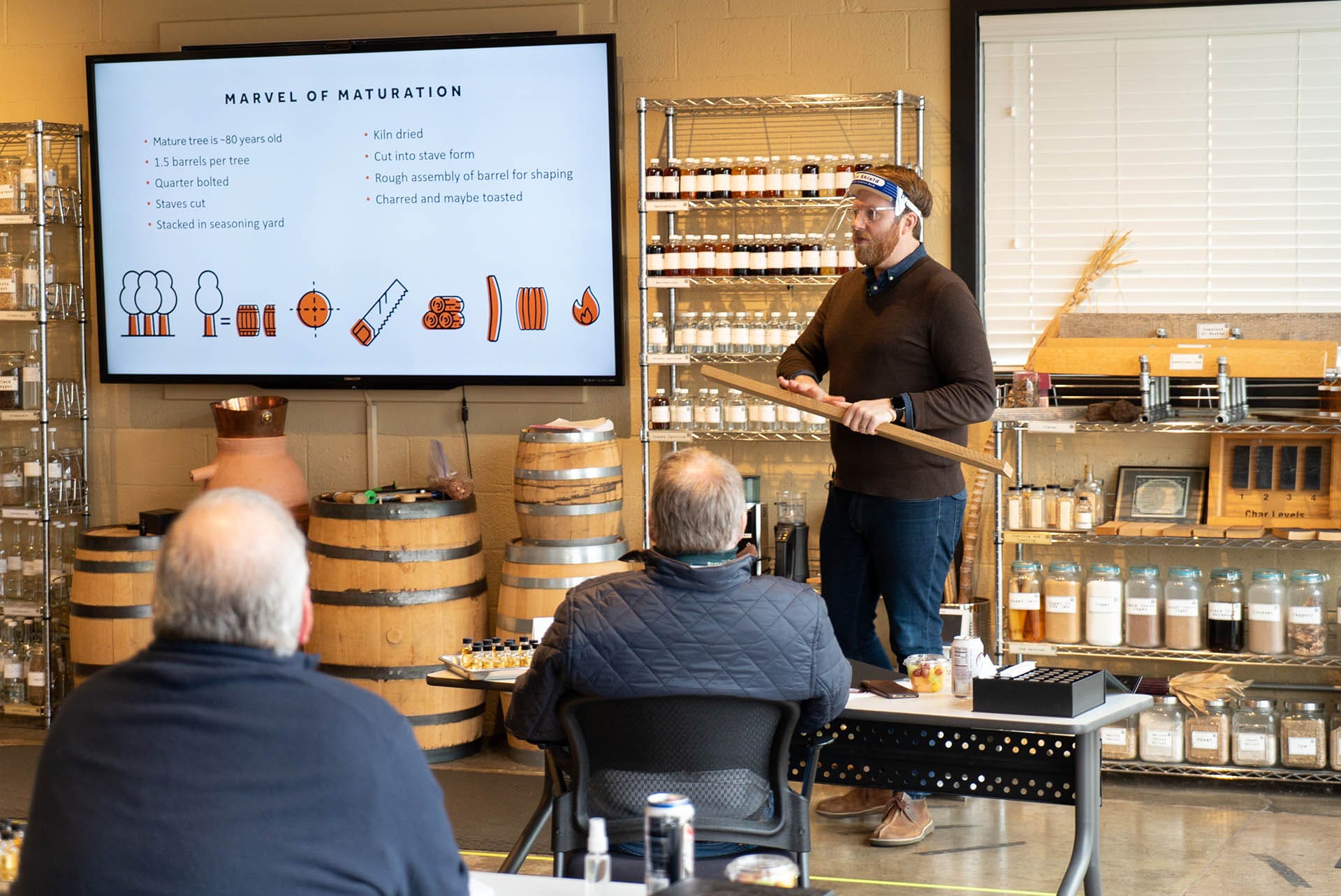 Lix's alternative maturation method isn't just about speed, but also about control. His technology applies pressure changes in a stainless-steel tank. This drives the spirit in and out of the pore structure of wood that has been cut to a particular size and shape and controlled for moisture. The company can use woods beyond oak, like apple, hickory and black cherry, to give the spirit its flavor profile. Plus, it uses a much smaller quantity of wood overall.
Such methods have been met with skepticism from some segments of the industry. Both Aaron and Lix say that they've encountered some negative attitudes. "The traditionalists aren't exactly fans of ours," says Lix. "A lot of them think that we're heretics, and what we do is sacrilege." But as the global spirits market continues to grow, he believes there's space for both the traditional and the innovative to thrive. |
| The Making of a 100-Point Wine: A Decadent, Balanced Fortified Wine Posted: 22 Jun 2021 04:00 AM PDT  How can a wine be perfect? My skepticism regarding 100-point wines has always revolved around this question. Then one Friday morning, I encountered it for the first time in my four years as a Wine Enthusiast reviewer: perfection in liquid form. I found myself asking the opposite question: How can I not give this wine 100 points? In what ways is it imperfect? I had to admit it. There weren't any. Beneath my glowing review, I typed a big, fat 100. It'd be tempting to describe how tough it was to dole out my first 100-point score. In truth, it was the easiest score I've ever given. 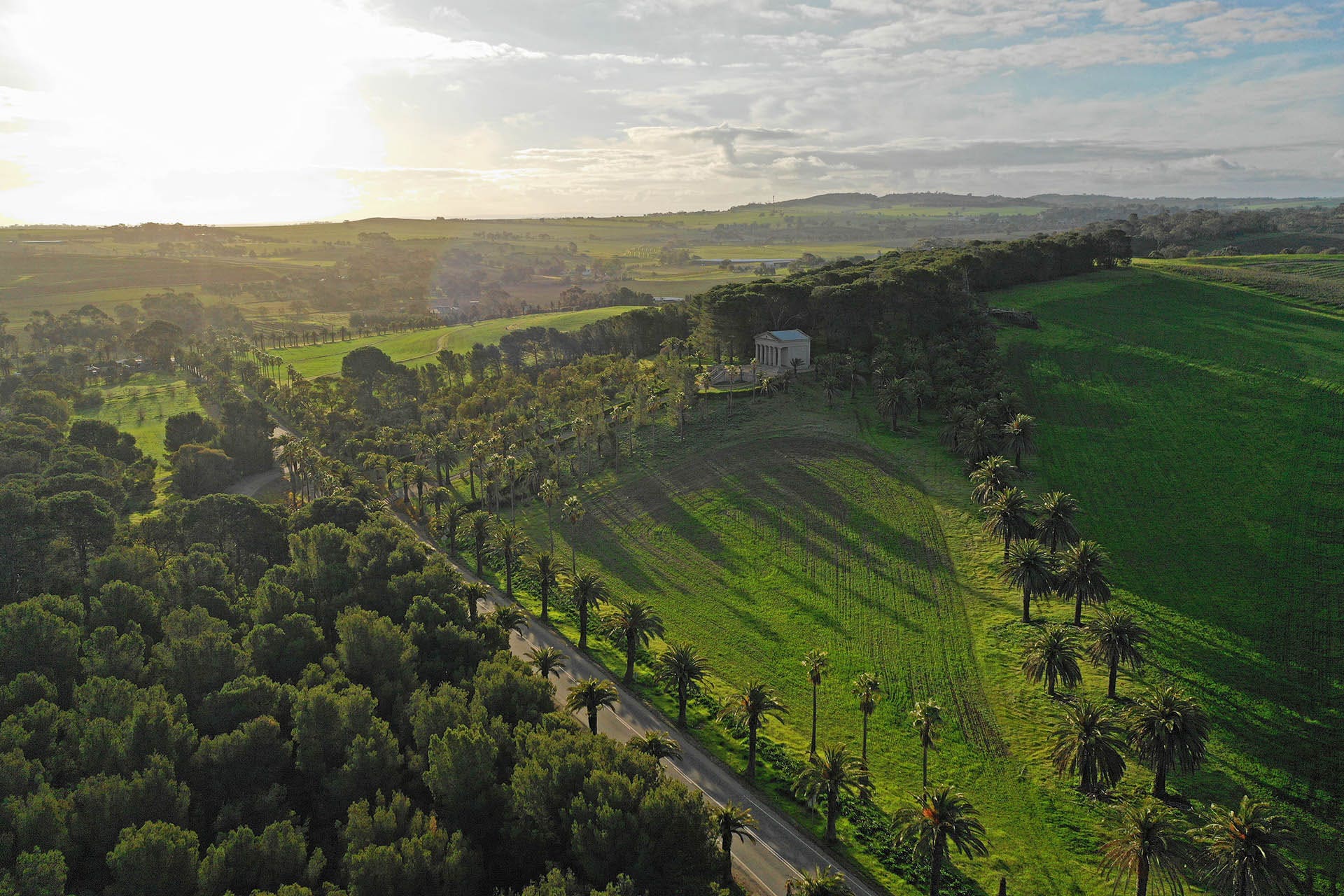 The wine in question came last in a blind lineup of fortified selections. The style is historically significant to Australian wine, but also one that, in part because of its decline in popularity and how little is exported, few Americans get the opportunity to taste. I could tell after the first few wines that this wasn't any old flight of "stickies," as the Aussies call them. They were unctuous and sweet, but never syrupy or confected, with layer upon layer of aroma and flavor. My scores were very high for some. I thought the first wine, later discovered to be Chambers Rosewood Vineyards NV Rare Muscat from Rutherglen, couldn't possibly be topped. I'd scored it a rare and lofty 99 points. Then, I reached for the last glass in the lineup. The color, a deep molasses brown, was striking. A single swirl revealed a texture less like wine and more like treacle. I inhaled, and my eyes closed involuntarily to fully take in the deep well of aromas. Then a taste. I threw my head back in pleasure, transported to another time and place, and nearly toppled from my chair. Composing myself, I refastened my analytical hat. There was a balance of extraordinary freshness and intense concentration, the alcohol neatly tucked away. I took in waves of evocative flavor profiles: a box of the finest nuts and chocolates; a stroll through the woods on an autumn day; a library stacked with vintage books and a worn leather armchair. This wine, I suspected, was very old. The note was written, score was entered, and the deed was done. My first 100-point wine in the books. All that was left was to find out what it was. 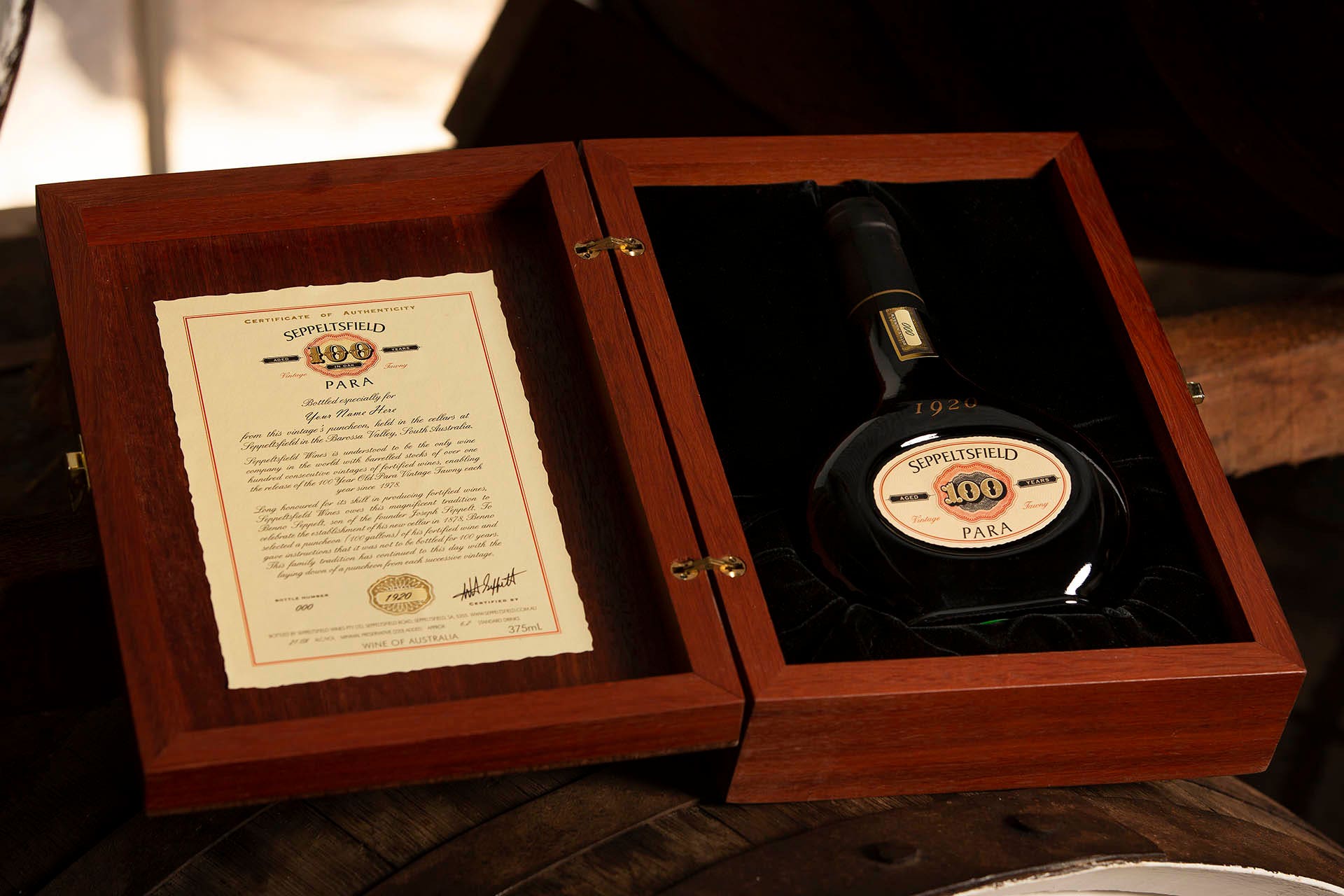 The reveal shared that the wine was Seppeltsfield's 100-Year Vintage Para Tawny 1920, one of the wine world's greatest treasures. I grinned: A 100-point score for a 100-year-old wine seemed fitting.
The fact that my New York-based self was sat in front of a Seppeltsfield wine at all made me grin even wider. After a very long absence in the U.S., Seppeltsfield has recently returned to our shores, thanks to a new Aussie wine importer, Legend Imports. Located in the Barossa Valley, Seppeltsfield is one of Australia's oldest wineries. It was founded in 1851 by Joseph Ernst Seppelt, just 15 years after South Australia was first settled by Europeans. Like many of the world's longstanding wineries, it comes with a colorful and fascinating past. The winery shifted gears and ownership several times, but it's been owned and operated by Warren Randall since 2009, with Fiona Donald as its chief winemaker and Kingsley Fuller as group viticulturist. Seppeltsfield's long-aged, fortified wines, namely the "Para Tawny" range, are the jewels in the estate's crown.  The story of the 100-Year Vintage Para Tawny is as remarkable as the liquid inside. In 1878, after 11 years of construction (and the death of the winery's founder), the Seppelt's winery and fortified wine cellar was completed. Joseph Seppelt's son, Benno, a progressive if quirky visionary, decided to cellar “a puncheon of my finest Port." He left strict instructions for the barrel to be left "untouched for 100 years." Impressively, his instructions were followed by his successors to the letter. The first of Benno's barrels was released in 1978. For the past 143 years, the winery set aside a barrel (or two, since the winemaking team realized how much was being lost to evaporation) of its finest wine each year. Each treasure would be released 100 years later. The Seppeltsfield Centennial Collection is believed to be the world’s only unbroken lineage of single-vintage wines that span more than 130 consecutive vintages. While the full composition of the 1920 bottling is unknown, Shiraz and Grenache play a dominant role. Fortification was done with brandy. Today, Seppeltsfield’s extensive winery complex, lined with towering date palms at the edge of the Barossa, feels almost otherworldly. A mishmash of Old World grandeur and New World ambition, it nods vigorously to the past while it ensures that Seppeltsfield and its wines will outlive us all. The forward-thinking Benno would've been pleased as punch—or Port. As for my first 100-point wine, well, the 1920 Para Tawny is as close to time travel as it gets. A living liquid embodiment of the past, it encapsulates a time post-World War I when hopes and ambitions were high in the young nation of Australia. It sat through a century of history waiting for its time to shine. And now it radiates. In short, there is no wine like it on the planet. |
| You are subscribed to email updates from Wine Enthusiast. To stop receiving these emails, you may unsubscribe now. | Email delivery powered by Google |
| Google, 1600 Amphitheatre Parkway, Mountain View, CA 94043, United States | |


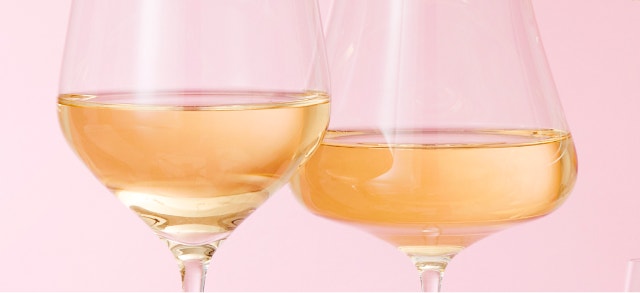














0 comments:
Post a Comment